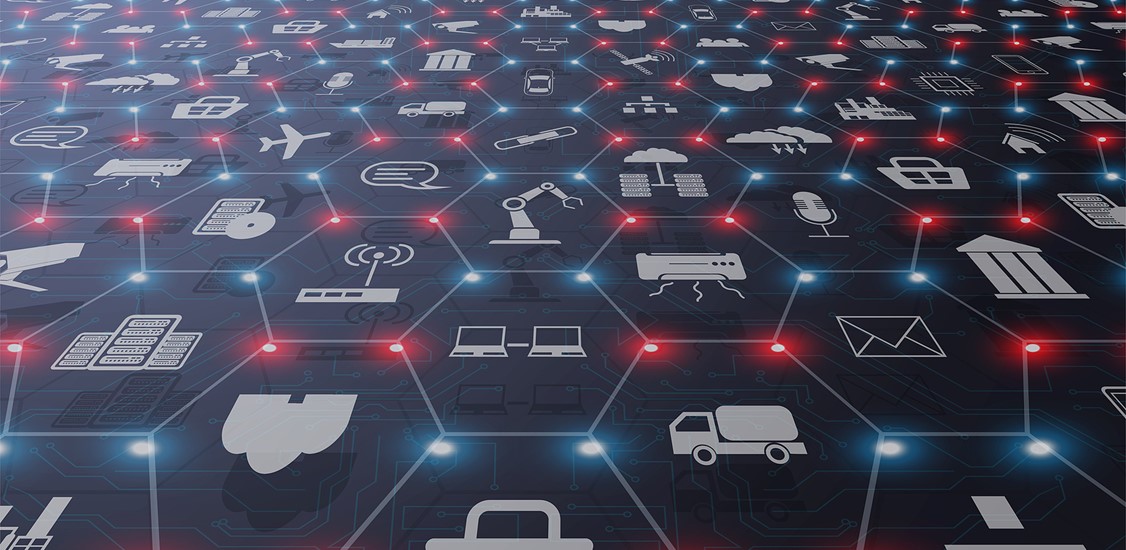The world is readying itself for the next leap forward in computing power and capabilities. We are entering into an era of real-time systems and services, developing new hardware and software and deploying new applications that allow us to build stronger connections between the digital and physical worlds.From checkout-free shopping and digital marketing to up-to-date information on parking spots and even the number of hot dogs available at a concession stand, these real-time services present a major market opportunity for service providers. And the Telecommunications industry is positioned to lead the charge.
While ancient telecommunications included everything from smoke signals to drums to pigeon carriers, we are now in the 5th generation of the wireless revolution. And to set the record straight, 5G isn’t just about faster mobile internet. The combination of speed, responsiveness and reach that this “next gen” cellular technology provides is unlocking new real-time capabilities that have the power to change almost every aspect of our lives.
The ultra-low latency of 5G supports the real-time nature of these systems, which are meant to monitor, interact with, control, or respond to the physical environment through sensors, communications systems, cameras, and other IoT devices. Telecom providers not only lead on the provisioning and management of these devices, but also aggregate and analyze the massive amounts of data which these real-time systems generate and then share these insights with their customers. (By the way, it’s these real-time systems that tell you which concession stand to run to for that hot dog I mentioned earlier!) Also, and most importantly, Telecoms are at the core of these newly found ecosystems of software providers, integrators, and various other parties which are all vital for building, maintaining, and running these sophisticated real-time systems.
5G and the power of multi-access edge computing (MEC)
While 5G is the network designed to virtually connect everyone and everything – including machines, objects, and devices – it also represents a qualitative and quantitative improvement in connectivity, bandwidth, and latency for wireless devices. However, to fully leverage these advancements, computing capabilities need to be located “near” the network access points.
Multi-access Edge Computing (MEC) is a new, distributed architecture which pushes compute and cloud-like capabilities out of both data centers and the cloud, to the edge of the network, and closer to end-users and billions of IoT devices.This enables the filtering and processing of massive amounts of data on the edge, in actual real-time, so systems can react instantaneously to help manage critical events.
By implementing MEC, Telecom companies are able to offer their customers compute capabilities that are tightly integrated with their 5G (and 4G) networks, and enable digital innovations and applications which will transform every industry.
Real-time applications to improve how the world operates
New applications are being developed every day to find better, safer ways to track events in real time and Telecom providers have the networks and managed service capabilities to scale these applications for broad deployment.
These innovative applications allow companies to do everything from real-time traffic monitoring to ease urban congestion and reduce the number and severity of accidents, to real-time environmental monitoring which will provide early warnings of floods and wildfires. Water supplies, electrical grids, and public transportation can also be monitored and managed to safeguard against equipment failures. Plus, many companies are now looking to leverage AI and digital twin technologies, which offer a virtual representation of physical objects, complex systems, and their operations that enable people to address “what if” scenarios.
Early days for real-time systems
Studies**show that the number of 5G connections will reach 1.4 billion by 2025, with the number of global IoT connections tripling to 25 billion by 2025. The opportunities are immense, and Telecom providers are well positioned to win in this new era of real-time systems. While we are still only in the early stages, now is the time for the world’s telecommunications leaders, software developers and the broader IT community to come together as never before, to help create a safer and more stable and prosperous world.
Developers know what to build. Real-time IoT platforms are enabling the applications. Now, we need Telecoms to bring the scale, and step outside of their infrastructure comfort zone to focus more on applications - not just devices and networks.
Telco meets Tech is the name of the game for real-time systems success!




















